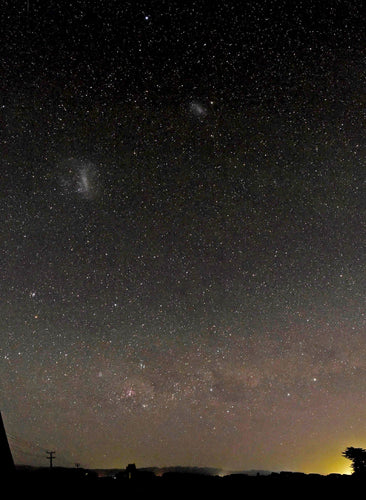
Astronz Object of The Week: 47 Tuc
The Southern Hemisphere offers stargazers a unique array of celestial objects, and this week, we’re focusing on one of the brightest and most captivating globular clusters in the sky: 47 Tucanae. Also known as NGC 104, this stunning cluster is a must-see for both beginner and seasoned astronomers alike. Whether you have a telescope or a pair of binoculars, 47 Tucanae is sure to impress.
What Is 47 Tucanae?
47 Tucanae is a massive globular cluster located in the constellation Tucana, the Toucan. It is the second-brightest globular cluster in the night sky (after Omega Centauri) and one of the oldest known structures in our galaxy, with an estimated age of 13 billion years.
Situated approximately 13,000 light-years away, 47 Tucanae contains hundreds of thousands of stars packed into a dense, spherical arrangement. Its stars range from bright red giants to dense white dwarfs, and even rare pulsars and exotic binary systems.
Why Observe 47 Tucanae?
-
For Telescope Users:
With a telescope, you can resolve 47 Tucanae into a breathtaking array of individual stars, especially along its edges. A 6" Dobsonian or larger telescope provides stunning detail, with the dense core appearing like a glittering ball of light. -
For Binocular Users:
Even with small or medium binoculars, 47 Tucanae stands out beautifully against the night sky as a bright, fuzzy patch. It’s an excellent target to practice your star-hopping skills and experience the joy of discovering deep-sky objects.
How to Find 47 Tucanae
47 Tucanae is easy to locate if you’re in the Southern Hemisphere. It lies near the Small Magellanic Cloud (SMC), another famous celestial feature. To find it:
- Start by locating the SMC, which appears as a faint, diffuse cloud in the sky.
- Look just a few degrees away, and you’ll notice a bright, concentrated patch of light—that’s 47 Tucanae.
For best results, view it in a dark sky location, away from city lights. Late summer and autumn are great seasons to observe it in New Zealand.
Equipment Recommendations
- Telescopes: A Dobsonian telescope, such as our 6" or 8" models, provides excellent views of the cluster’s core and edges. Larger apertures reveal even more intricate detail.
- Binoculars: Our compact or large binoculars are perfect for capturing 47 Tucanae as a bright, fuzzy ball of light. Consider a pair with at least 10x magnification for the best experience.
Fun Facts About 47 Tucanae
- It’s older than the Milky Way: Formed during the early stages of the universe, this cluster predates our galaxy.
- Exotic stars: The cluster is home to several pulsars and exotic binary systems, making it a fascinating target for professional astronomers.
- Astronomy history: 47 Tucanae was first cataloged by Nicolas Louis de Lacaille in the 18th century during his observations in South Africa.
